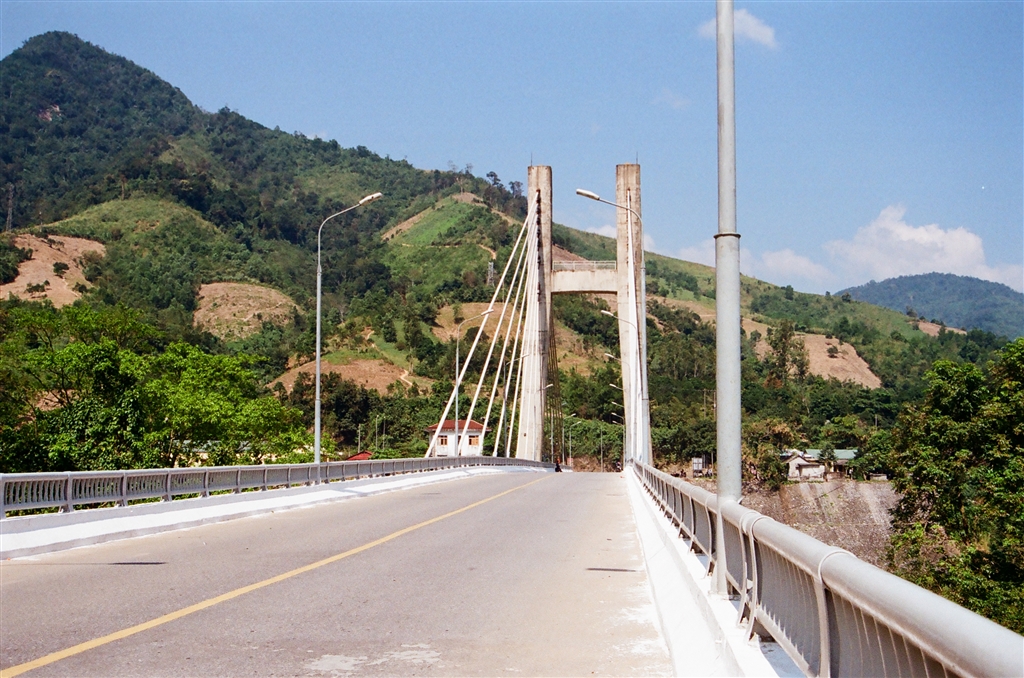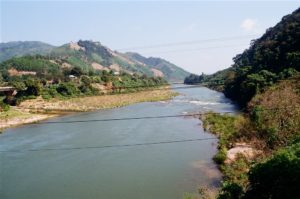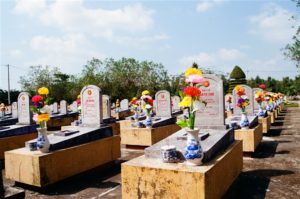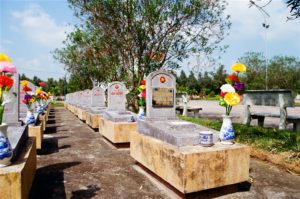Old-Time Vietnam – The DMZ, the Dakrong Bridge and Its Neighboring Sites
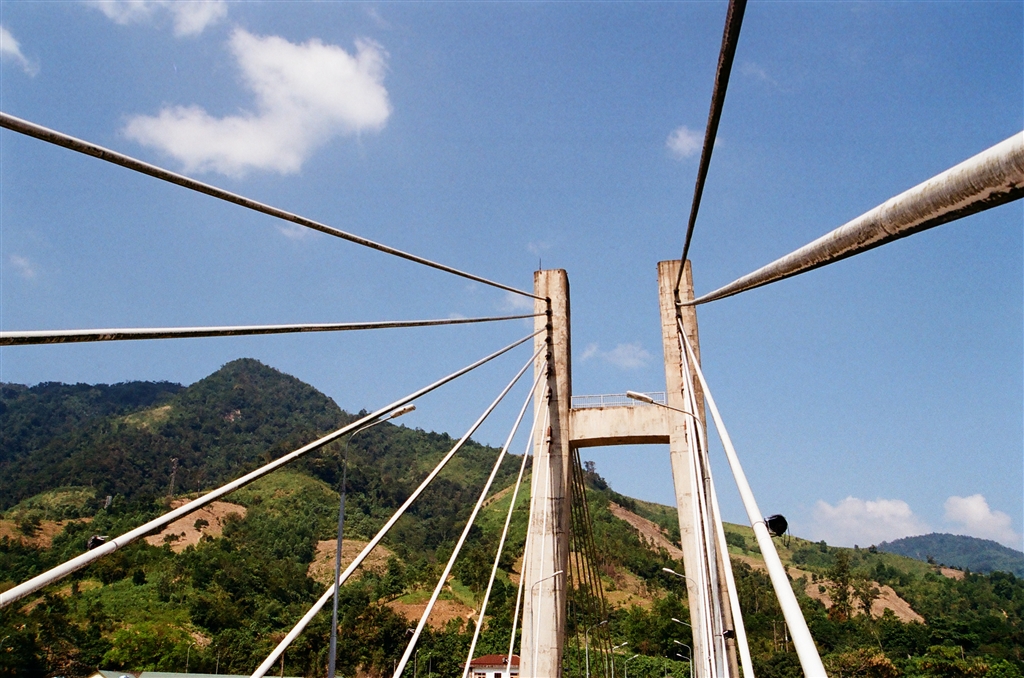
Cau Dakrong
The Dakrong Bridge (Cau Dakrong), lies at the midway on Route 9. It also marks the beginning of Highway 15. During the American War, the Dakrong Bridge was a hotly-contested spot, being the access point of the Ho Chi Minh Trail (more below). As a result, ongoing armed confrontations destroyed the bridge (and it fell) multiple times.
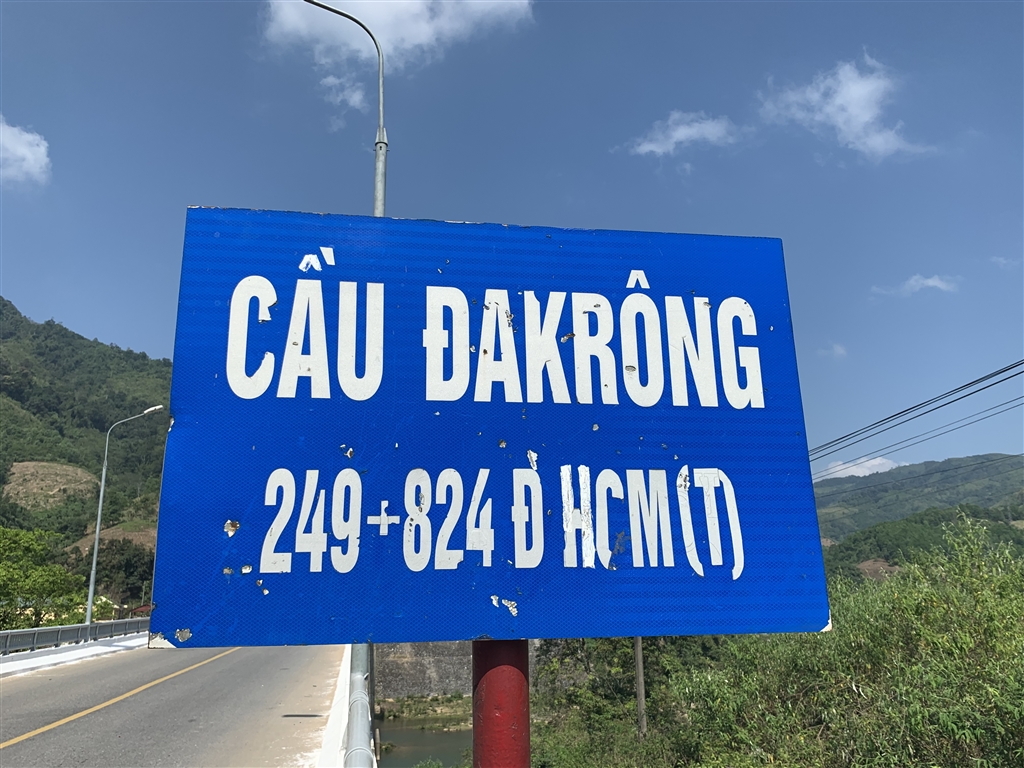
The Vietnamese rebuilt the Dakrong Bridge, as it currently stands, with funds from Cuba (right, Cuba!) in 1975-1976. (Marco Polo). This was the time that the American War in Vietnam has ended and Vietnam was reunited under communist leadership.
Photos: Views on the two sides of Han River at the Dakrong Bridge
The Hamburger Hill
We took a brief stop at the Dakrong Bridge. At this juncture, heading south on the bridge would lead one to the infamous Hamburger Hill. Mr. T pointed out the direction of Hamburger Hill, known militarily as Hill 937, referring to the mountain’s altitude. The Vietnamese people call it the Ap Bia Mountain.
In May 1969, the Battle of Hamburger Hill broke out when the United States launched attacks at the PAVN troops there. This area of the A Sau Valley was on the infiltration route into South Vietnam and crossing into Laos. However, even the commanding officer said that there is no military value to the hill itself, except that they knew many PAVN forces were there.
The Battle of Hamburger Hill caused a controversy in America for this reason. Like the Khe Sanh Combat Base, the hill was soon abandoned. A new major general assumed command of the forces in this area in June. He did not continue to occupy Hamburger Hill. However, the American press has reported the casualties on this battle then and caused a (perhaps mistaken) impression in the American public that the battle did not justify its casualties.
The U.S. veterans dubbed it “Hamburger Hill,” “suggesting that those who fought on the hill were ‘ground up like hamburger meat’ like the Battle of Pork Chop Hill during the Korean War.” (Wikipedia on the Battle of Hamburger Hill) The final counts of casualties at this battle came up to 72 KIA and 372 wounded. Id.
The Ho Chi Minh Trail
The Ho Chi Minh Trail ((in Vietnamese, Duong Truong Son), on the other hand, is famous for being the smuggler trail for the North Vietnamese during the years 1959 to 1975. This elusive trail consisted of trails, footpaths, and roadways into the jungles.
It begins from north of the 17th parallel and leads eventually to Tay Ninh in the very far south of Vietnam. Part of it lies within Laos and Cambodia and then into South Vietnam. In order to protect the supply route, the PAVN did engage in battles and political meddling in Laos.
Stretching for 15,000 km, the trail originally took six month to trek on foot.
The Ho Chi Minh Trail bore every trait of the guerilla warfare that the North Vietnamese waged. The rugged terrain throughout this long and arduous network of roadways prides the impossible altitude of 500 to 2,400 meters.
The North Vietnamese shipped tons of supplies and weaponry via the Ho Chi Minh Trail daily during the American War. These supplies would be vital to the operations of the guerillas in South Vietnam. Things, people, and all the materiel were transported on the Ho Chi Minh Trail. The North Vietnamese also transported in all manners possible, on bikes, on foot, or later when the trails became developed, by proper convoy. During the Tet Offensive of 1968, the trail served the vital function of supporting the Viet Cong in the attacks in South Vietnam.
The United States estimated that “the supply capacity of the trail reached 20 to 30 tonnes per day in 1964 and … that 12,000 (actually 9,000) PAVN soldiers had reached South Vietnam that year.” (Wikipedia on the Ho Chi Minh Trail)
Surely, such a large scale logistical network would not escape the attention of the United States. Beginning in late 1964 and well into 1965, the United States launched air strike and ground operations on the strategic positions on the Ho Chi Minh Trail to interdict traffic. By the 1970s, the United States also experimented in unusual operations to worsen the environmental conditions along the trail, including cloud-seeding and mud creation, that could slow down traffic on the Ho Chi Minh Trail. Id.
As such, the Ho Chi Minh Trail is a testament to the Vietnamese people’s dexterity in maneuvering difficult terrains, their flexibility in achieving their aims, and their spirit of determination despite the lack of modern technological means.
The Truong Son National Cemetery
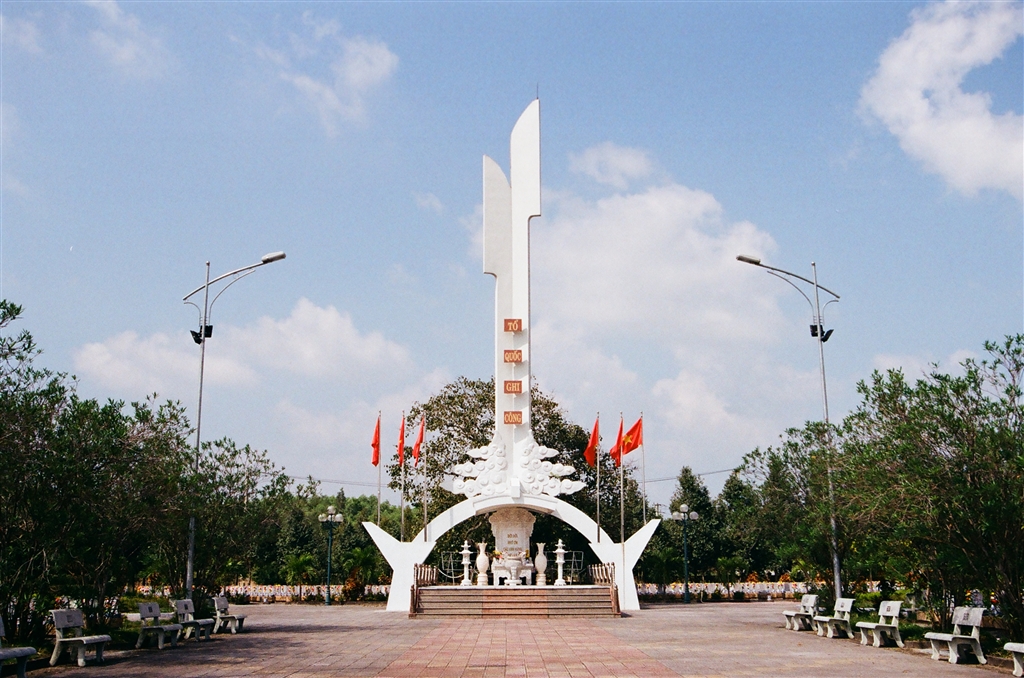
I found the Truong Son National Cemetery to be a pleasant visit. A uniform display of the same flowers sit before every epitaph, carved identically in gray-colored slabs. The epitaph shows the known details, such as name, birth date, birth place, date of enrolment, rank and the date of death.
Not surprisingly, many of these epitaphs are merely a tombstone without the actual burial of the bodies. For many died without being properly accounted for postmortem in this war. Although clearly in the communist style, the cemetery does show a somber tribute to the fallen souls in this war.
The Truong Son National Cemetery commemorates “the estimated 25,000 men and women who died on the Truong Son Trail.” (Rough Guide to Vietnam) That means that the memorial is dedicated to the deaths that occurred in the construction, transportation and defence of Ho Chi Minh Trail, rather than in the overall conflict. (Marco Polo) A total of 10,036 graves stand in perfect alignment in this vast cemetery.
The visit here brings me back to my visit at the Vietnam War Memorial in Washington D.C. By now, the relationship between the United States and Vietnam has progressed to a point of being mutually beneficial, with constructive dialogue and collaboration. The sister memorials in Vietnam and the United States do show that both nations honour the patriots that fell. That is, no matter how unjustified and cruelly the war was conducted. Certainly, neither side is blameless for the war cruelties. Yet both cemeteries are moving in different ways.
Needless to say, the DMZ sites were grim reminders of a very unhappy past. Yet I came away the Truong Son National Cemetery with quite a positive feeling.
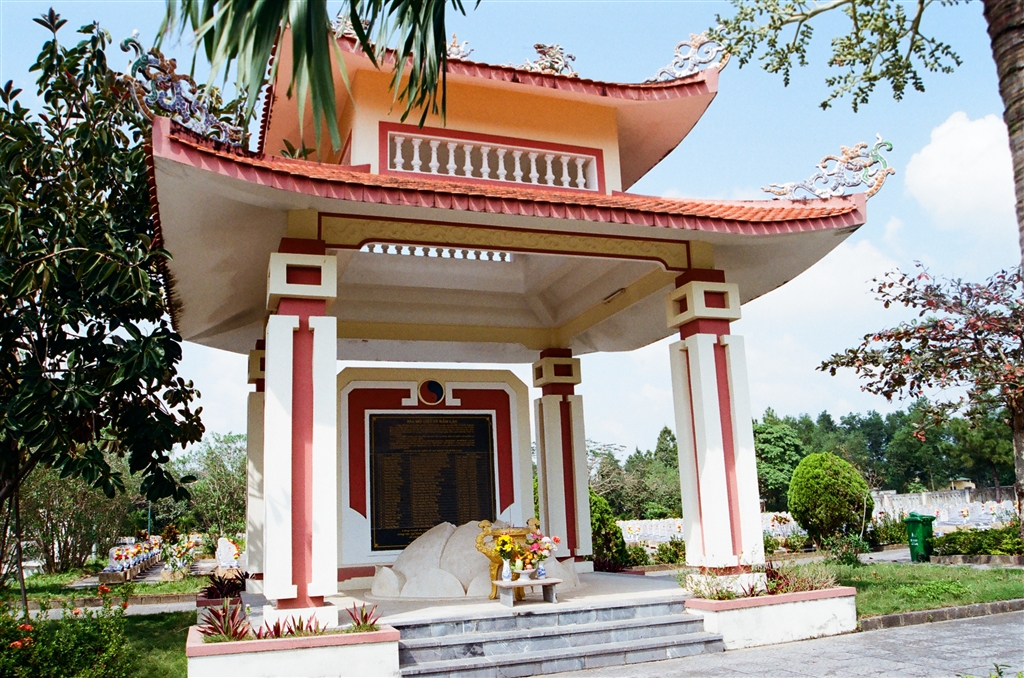
Sources
Vietnam, Marco Polo (2019) at 212-215.
The Rough Guide to Vietnam, Rough Guides (2015) at 297-303, 388.
The Wikipedia on the Ho Chi Minh Trail.
The Wikipedia on the Battle of Hamburger Hill.
Ho Chi Minh Trail, This Day in History.
Frommer’s, the Dakrong Bridge and the Ho Chi Minh Trail.

